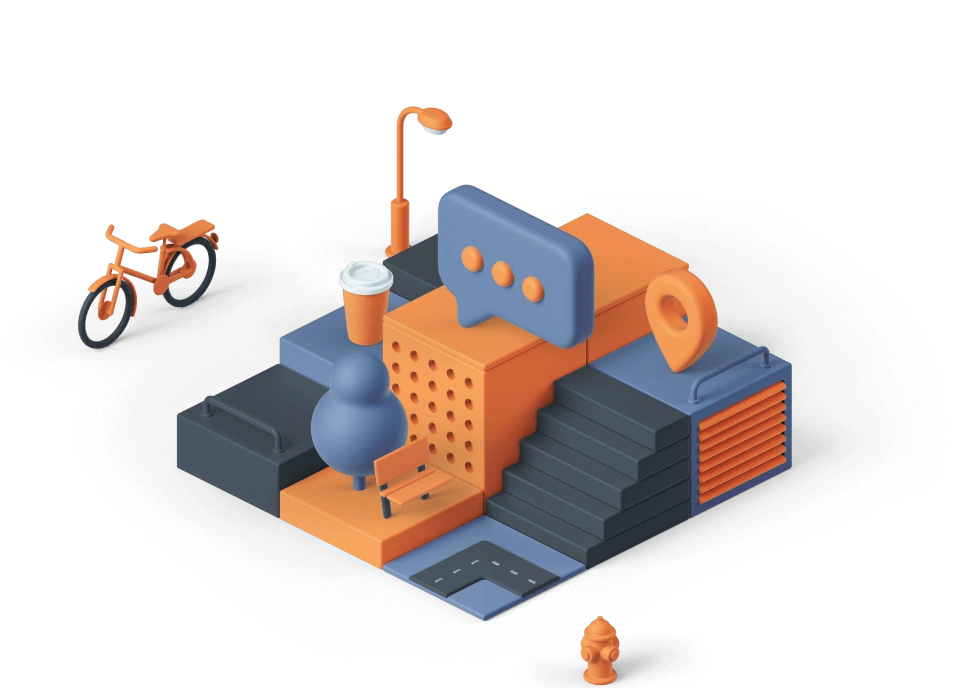Next.js & Laravel — Why They Are a Great Tandem for Modern Web Development

In today’s fast-moving digital landscape, businesses need applications that are fast, scalable, secure, and able to deliver an exceptional user experience. While there are countless technologies to choose from, one combination has proven to be exceptionally powerful for modern web platforms: Next.js for the frontend and Laravel for the backend.
This tandem brings together the best of both worlds — lightning-fast interfaces powered by React and a robust PHP framework built for business-grade backend logic. From enterprise dashboards to SaaS platforms, this duo can power virtually any application with efficiency and reliability.
1. Why Pair Next.js With Laravel?
Next.js and Laravel complement each other naturally. Next.js handles everything users see and interact with, while Laravel manages the behind-the-scenes logic that keeps platforms running smoothly.
Key reasons these two frameworks work perfectly together:
✔ Exceptional Performance
-
Next.js delivers blazing-fast rendering with Static Site Generation (SSG) and Server-Side Rendering (SSR).
-
Laravel optimizes backend operations with caching, queues, and efficient routing.
Together, they guarantee fast loading times, better SEO, and a smoother user journey.
✔ Clean Separation of Frontend & Backend
Using Next.js + Laravel enforces a clean architecture:
-
Frontend: React components, UI, routing, page layouts.
-
Backend: APIs, authentication, databases, automation, and business logic.
This separation increases scalability and reduces long-term development and maintenance costs.
✔ API-Driven Architecture
With Laravel serving as a REST or GraphQL API,
Next.js can consume clean and structured data effortlessly.
API-driven projects are:
-
future-proof
-
easy to update or redesign
-
compatible with mobile apps and third-party services
✔ Flexibility for Complex Projects
From CRM systems and dashboards to marketplaces and e-commerce platforms, the Next.js–Laravel tandem handles heavy workloads without sacrificing speed.
✔ Strong Ecosystems
Both frameworks come with rich ecosystems:
Laravel:
-
Laravel Breeze / Jetstream
-
Sanctum & Passport
-
Eloquent ORM
-
Queues, Jobs, Workers
-
Horizon & Telescope
Next.js:
-
File-based routing
-
React Server Components
-
API Routes
-
Edge functions
-
Integration with Vercel
This combination accelerates development and ensures long-term stability.
2. What Types of Projects Benefit Most From This Combination?
SaaS Platforms
Modern SaaS requires fast frontends and powerful backends — this is exactly where Next.js and Laravel shine.
Enterprise CRM/ERP Systems
Laravel handles the logic, security, roles/permissions, and data processing, while Next.js delivers a responsive, app-like UI.
E-Commerce Solutions
Next.js provides fast product browsing and SEO benefits, while Laravel manages inventory, payments, orders, and reporting.
Marketing Websites With Dynamic Content
Next.js boosts SEO, while Laravel serves dynamic data through APIs.
Custom Portals & Dashboards
Real-time features, analytics, and complex workflows are smoother with this architecture.
3. Technical Advantages of the Next.js + Laravel Stack
⚡ Faster Page Loads
Server-side rendering + optimized backend = better Core Web Vitals.
🔐 Strong Security Layer
Laravel offers built-in authentication, CSRF protection, hashing, and secure endpoints.
📈 Easy Scalability
Both frameworks support horizontal scaling and cloud deployments (Vercel, AWS, Docker, etc.).
🛠 Smooth Developer Experience
Developers work independently on backend and frontend — increasing productivity and delivery speed.
🌍 SEO Superiority
Next.js’ SSR significantly improves indexing and ranking, which is critical for modern businesses.
4. How We Build Next.js + Laravel Solutions
At Insights Consulting, we develop fully customized systems using this architecture:
-
API-first development with optimized Laravel endpoints
-
Next.js UI built for performance and responsiveness
-
Secure authentication (Sanctum, JWT, OAuth)
-
Scalable database structure
-
Cloud deployment & CI/CD automation
-
Long-term maintenance and upgrades
This approach ensures you receive a system that is fast, secure, and ready for growth.
Conclusion
Next.js and Laravel are a powerful tandem that enables businesses to build scalable, high-performance, and future-proof applications. With clean separation of concerns, exceptional speed, strong security, and flexibility, this stack is ideal for modern digital products — from enterprise systems to full-featured SaaS platforms.
If you're planning to build a new platform — or modernize an existing one — this combination delivers excellence across performance, scalability, and long-term maintainability.






